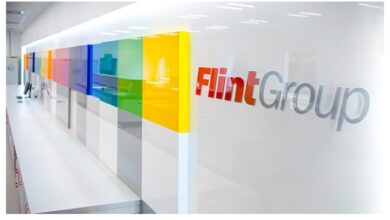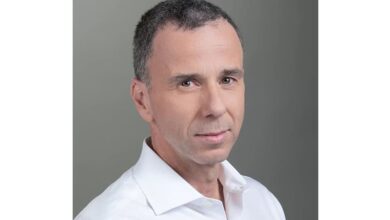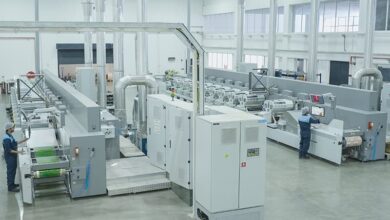Kuwaiti Printers Set to Grow with KBA Technology
It was back in 1968 that Jassim Mubarak Al-Jassim founded the company Al-Resala Printing Press in Kuwait. As a journalist with entrepreneurial instinct, his idea was to establish the company as the first address for modern, high-quality publications, based upon the principle of customer proximity.
In the meantime, however, the impacts of media transformation are also being felt by Kuwait and Al-Resala: The company was forced to decommission one of its two web presses. In the sheetfed sector, on the other hand, it still sees growing demand in the market and has decided to invest accordingly in the future.
General manager Marzouq Al-Jassim: “We considered all the possible scenarios and analysed corresponding press types and configurations. And we came to the conclusion that the Rapida 105 is currently the best choice for us. We are continuing to observe the market, however, and could well imagine an investment in another press from the Rapida series as the next step.”
For Noureddine Amalou from the sales department at KBA-Sheetfed Solutions, the instable political situation in the region is an important factor for the currently subdued readiness to invest in the Middle East. Even so, there are good opportunities for continued growth and development for healthy enterprises. Al-Resala Printing Press, for example, is financially sound, has earned a very positive reputation on the market and can rely on the service of the Al-Kharafi Group.
Al-Resala has worked with presses from KBA from the very beginning and is extremely satisfied with their quality and production performance. The new Rapida 105, a five-colour model with coater and extended delivery, entered production at the beginning of the year. Adel Al-Salem, press manager at Al-Resala Printing Press: “Our team really appreciates the concept. For us, it is not maximum automation which counts, but rather the mature technical basis of the press – things like the excellent paper travel, the perfect interaction of the inking and dampening units, and the ease of operation.”





